Affiliate links on Android Authority may earn us a commission. Learn more.
MagSafe takes us closer to portless phones, but is this the future we want?
Published onOctober 27, 2020

Apple’s 2020 line-up brings a new yet familiar design language, even faster processors, better cameras, and last but not least — MagSafe.
The feature adds magnets to the iPhone. They automatically align Apple’s new charging puck as well as accessories to the back of the phone. The return of MagSafe — a feature Apple used for MacBook chargers for years — also paints a very clear picture of what Apple intends for future iPhones. In fact, leaks suggest that the transition might begin as early as next year when the company is expected to introduce at least one completely portless smartphone.
At first glance, MagSafe is just another wireless charger. So, why does it portend a future where ports are an optional feature rather than a necessity? One way to look at it is as yet another charging accessory, however, timing is key.
Between Apple getting rid of the charging brick, removing some of the friction associated with wireless charging, and making MagSafe — and its associated accessory ecosystem — as standard across the 2020 lineup of devices, the company is positioning it as the next big innovation. It might be obvious that portless phones are where we are headed, but is Apple’s vision of a portless future the one that we want?
The argument for portless phones
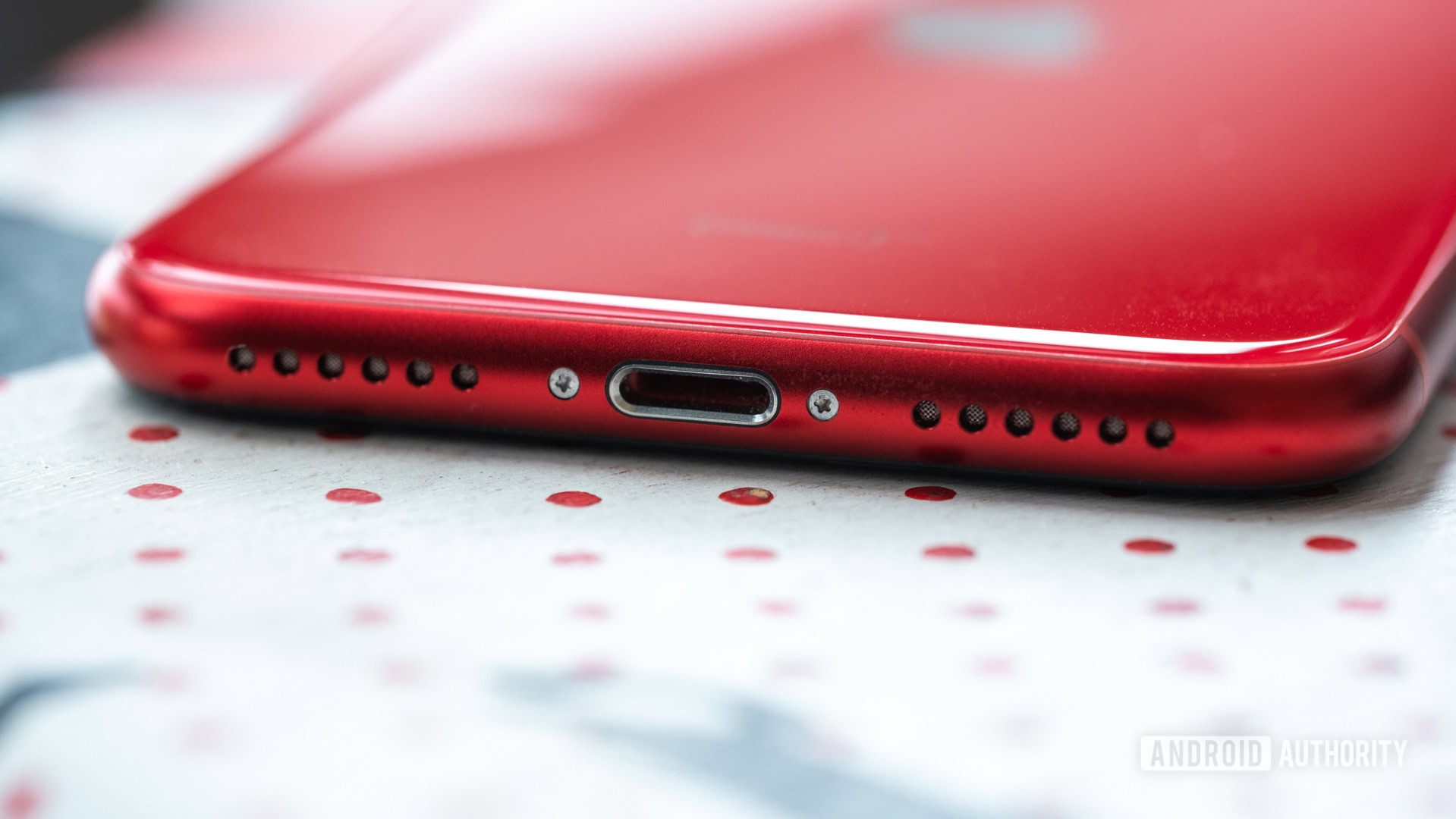
I’ll play the devil’s advocate here and say that Apple is once again looking to the future. Portless phones are inevitable.
When Apple dropped the headphone jack with the iPhone 7, it set the tech media ablaze with commentaries on how it was an anti-consumer move. Soon after, Android manufacturers followed suit, and today, a headphone jack is a bonus feature, not an essential one.
An inevitable side-effect of that move was the commoditization of wireless audio products. Today, you can buy excellent true-wireless earphones for less than $50, though Apple would prefer you splurge on the AirPods or AirPods Pro.
I can see the same happening with MagSafe charging as well. Wireless charging has long been the mainstay of premium hardware, even though the cost of building it in isn’t significant. Spurring the industry forward to make wireless charging more common is bound to have a trickle-down effect. It’s telling that Apple’s own budget phone — the iPhone SE — has wireless charging support despite being priced under $400. And once fast wireless charging becomes common enough, so does the accessory ecosystem.
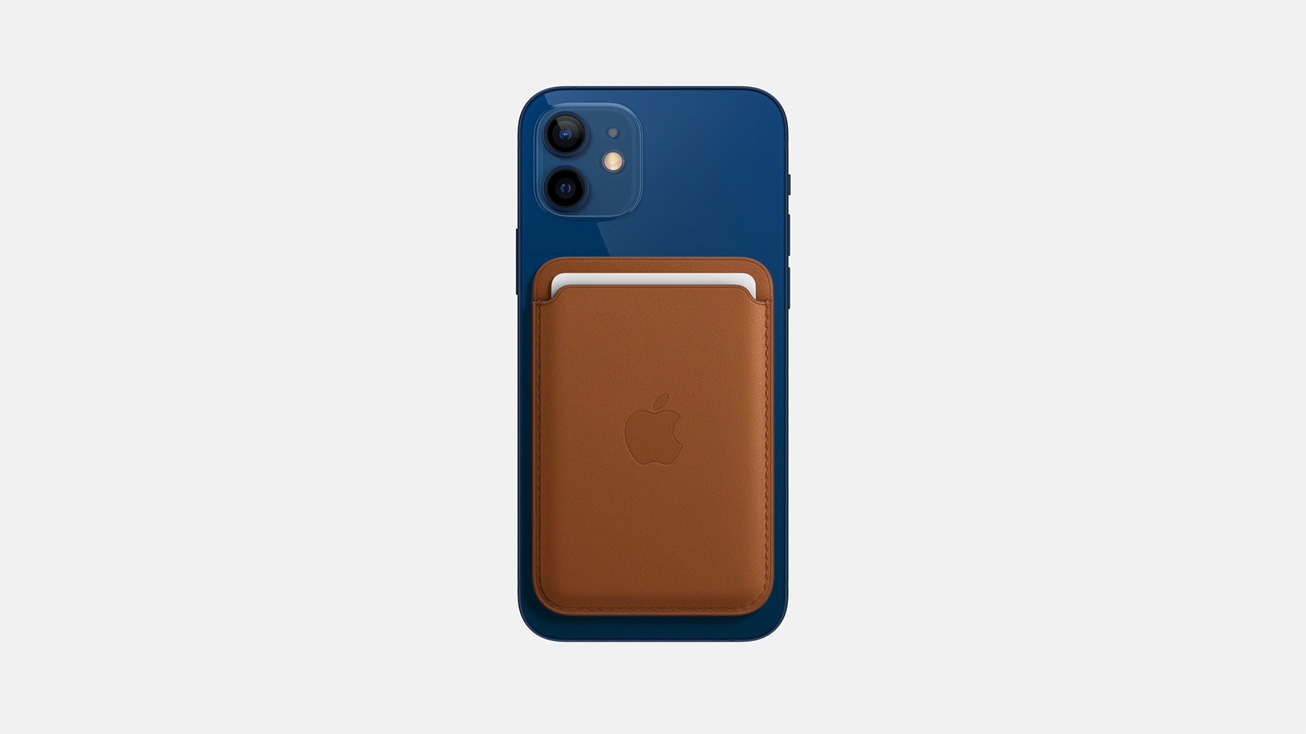
MagSafe, in particular, is an incredibly smart play by Apple. It’s not just a charger, but a system that allows for fun experiments like wallets, or accessories like clip-on LED lights, phone stands, charms, and more. By making it more than yet another wireless charging system, Apple is positioning the standard for wider consumer acceptance.
Additionally, the fact that the charging puck attaches to the phone magnetically takes away one major pain point. Wireless charging necessitates you to put down your phone, and often enough, aligning the phone’s built-in charging coils with the charging mat can be more of a hassle than it should be. Heck, Xiaomi went and ahead and engineered a charging mat with physically moving coils.
It's yet another port transition in a long line of transitions.
In typical Apple fashion, MagSafe offers an elegant, low-tech solution to get around that limitation.
Nobody wants to be forced into buying a wireless charger. It’s great to have options, and unless bundled-in, a portless phone is going to compel users to spend an additional amount on a charger they wouldn’t otherwise need. All valid points, except — we’ve been here before.
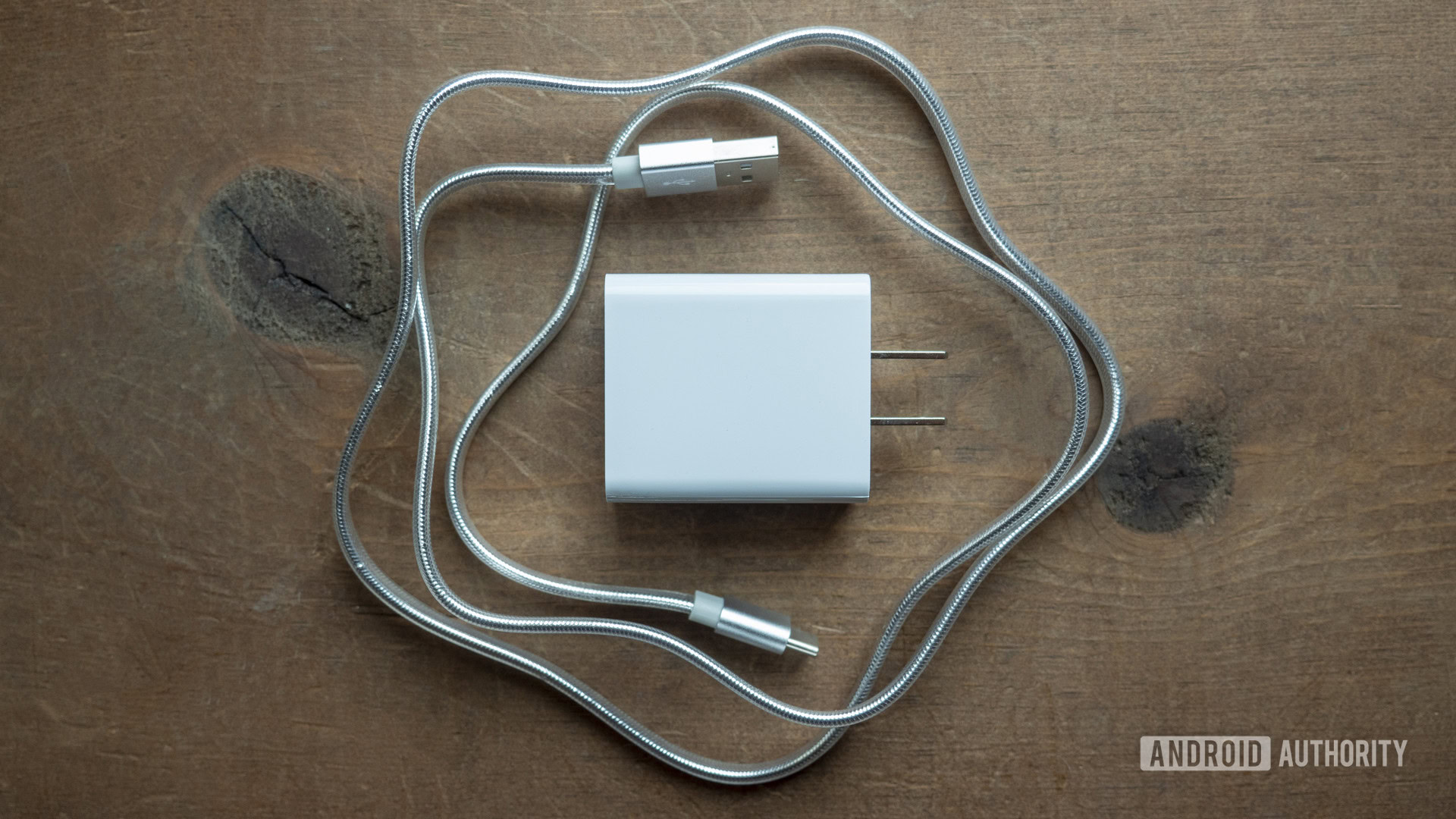
Port transitions aren’t new. We’ve seen the shift from 30-pin to Lightning, micro-USB to USB-C, and while the first few years are rough, it doesn’t take too long for the new standard to be established. The switch to MagSafe is just another such transition.
The fact that MagSafe is backward compatible with Qi is an added incentive. This is because users of older iPhones can also benefit from the nifty charging puck and seamlessly move to the new system when they upgrade to a newer phone.
Read more: The best phones with wireless charging capabilities
Then there’s the whole matter of why you even need a physical port anymore. Sure, charging is just one aspect. However, with deeper cloud services integration and media streaming services, things like backing up images to a computer or transferring music to a phone aren’t nearly as big a use case as they once were.
The one time inconvenience of transitioning to a wireless future opens up hardware possibilities too. For example, there’s a limit to how large of a battery can be stuffed in a phone. Removing the charging port opens up space for a larger battery that simply wouldn’t have to be charged as much. Or how about larger camera lenses as another use case?
The argument against a MagSafe future
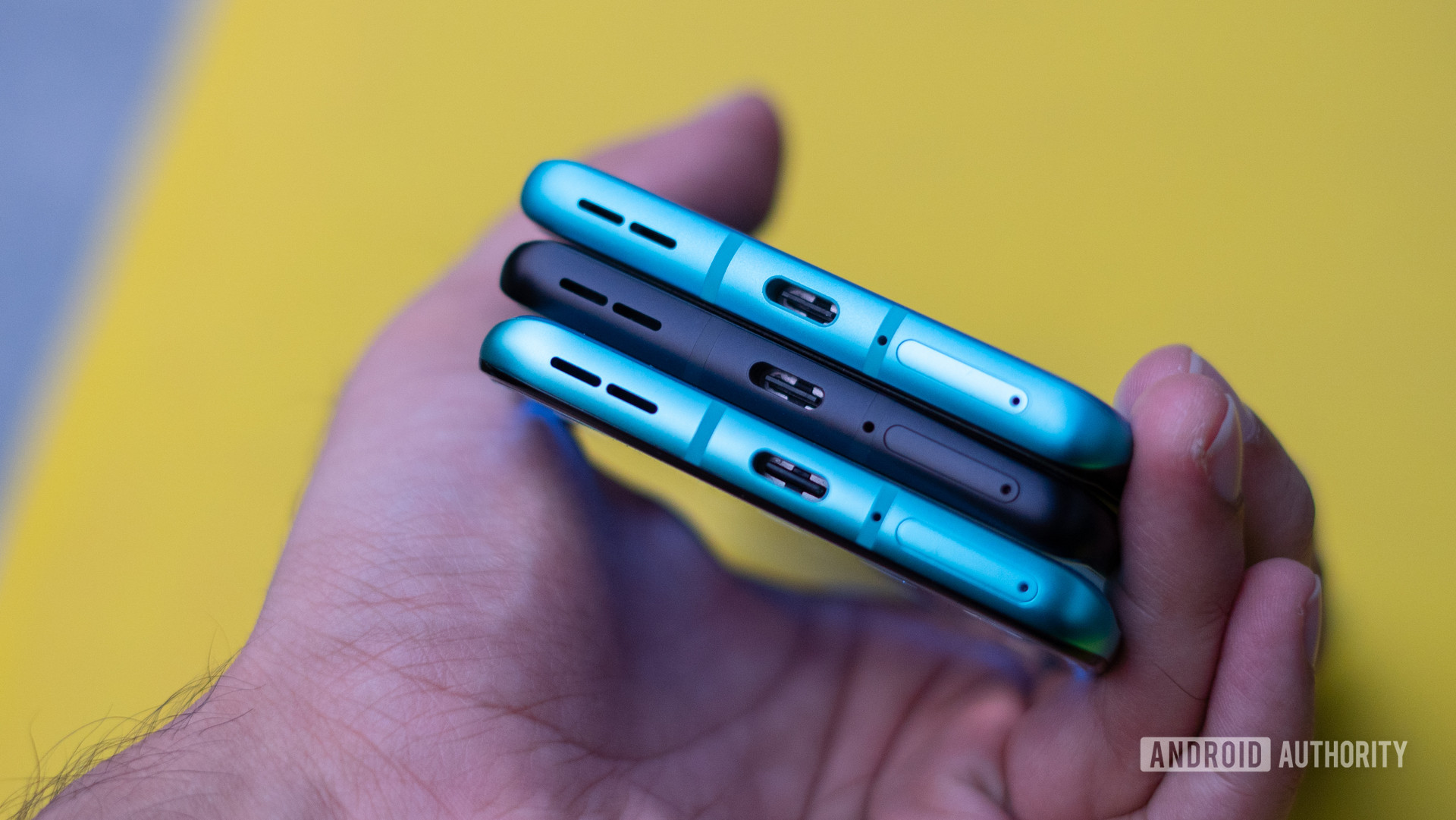
With all that said, there’s the obvious question: why?
We have a perfectly functional solution in the form of USB-C that is now largely supported across phones, tablets, laptops, and more. Ironically, it’s not just Android phones. Even Apple has transitioned the entire Macbook family and its premium iPads to the port. The standard enables a single cable solution for all your devices, and along with USB-PD, it can scale all the way up to 100W.
While I can get behind a potential MagSafe wireless charging mat for trickle charging a laptop, it’s nowhere near fast enough to make sense… yet.
As it stands, MagSafe tops off at 15W for the latest iPhones. Apple has been ridiculously slow at adopting faster charging speeds and more so at shipping appropriate charging bricks. While brands like Xiaomi are shipping 50W wireless charging and promising 80W charging speeds, Apple is only now “recovering” from the failed experiment that was AirPower.
Unless the company manages to drastically improve charging speeds, and make significant alterations to Macs and iPads, MagSafe simply isn’t going to be the one charging solution that unites all Apple devices.
A portless MagSafe iPhone, in that case, simply becomes yet another device you need to carry a proprietary charger for instead of something that integrates seamlessly across the Apple portfolio. Additionally, there’s also the matter of how it makes data transfers so cumbersome that you are essentially forced into spending on iCloud storage.
Just because a portless phone is possible doesn't necessarily mean it has to become the future.
For all of Apple’s pro-environment arguments, the switch over to MagSafe is an eco-nightmare waiting to happen too. For now, it is an optional feature. However, a portless phone would make it necessary to buy not just one, but potentially multiple new chargers. With each charging puck coming in at $40, that’s a significant cost outlay and wasted packaging resources. Not to mention the now redundant lightning cables and chargers.
Meanwhile, OnePlus and Xiaomi are bundling in 65W chargers that don’t just charge their phones but can also double up as a laptop charger in a pinch.
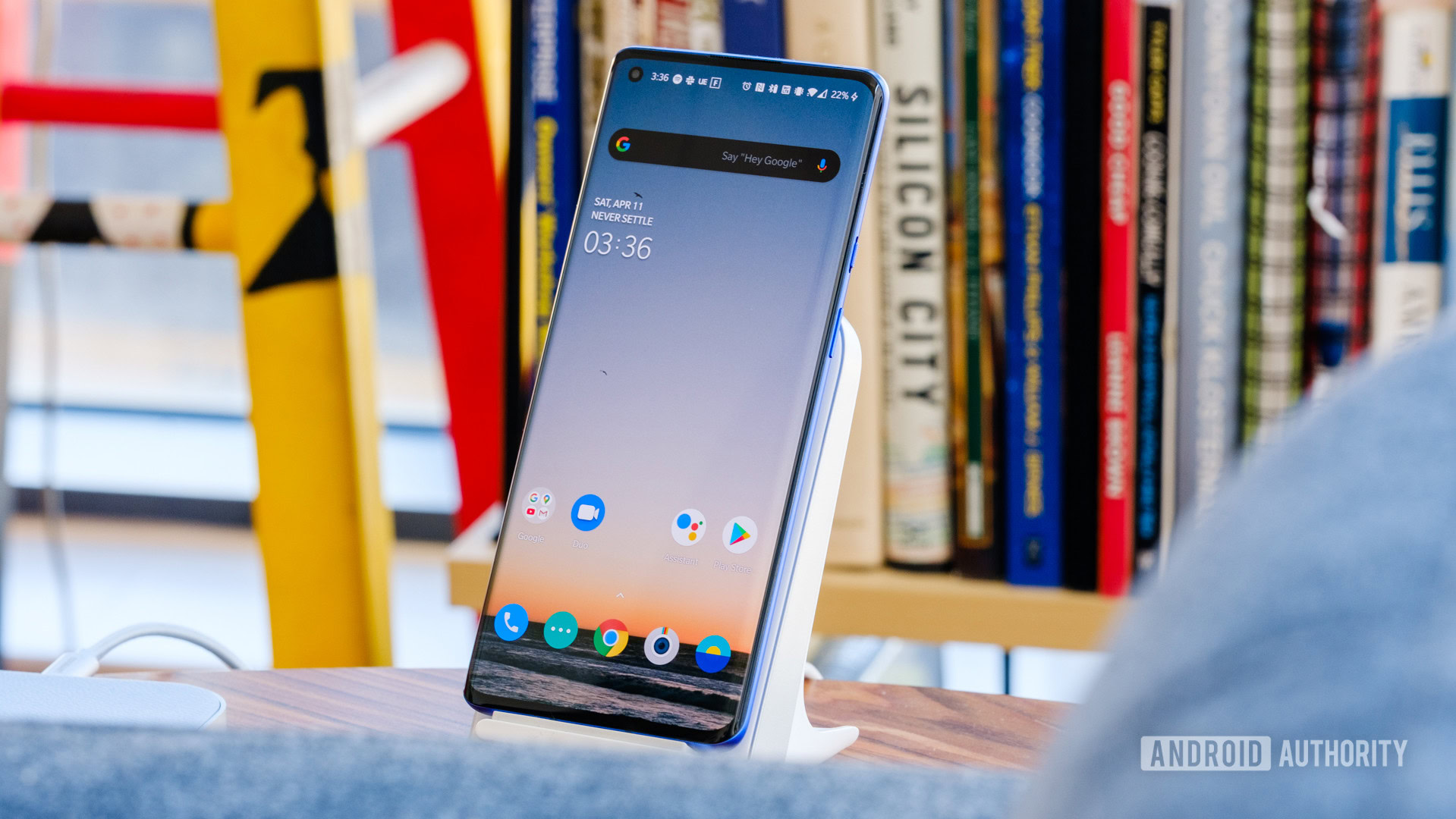
Further, we’ve seen this with OnePlus and Xiaomi promoting their own take on fast wireless charging. The lack of cross-compatibility is meant to ensure stickiness within the ecosystem.
However, that scale multiplies when you factor in Apple’s reach. In a world where standardization and interoperability are becoming tentpole features, yet another piece of proprietary technology is the exact opposite of what we need. Think Lightning on current iPhones. Even if you are entirely within the Apple ecosystem, that’s one more cable you have to keep on hand.
Apple ships close to 200 million premium smartphones every year which is a significant figure by any measure. While the company is well-positioned to shoehorn MagSafe as the default charging solution just by making use of its scale, ecosystem lock-in, and premium positioning, it will once again create a standard that simply doesn’t work across any other phone or Apple product.
Would you be okay with a completely portless phone?
I’m not a tech luddite. The idea of a portless phone, iPhone or not, excites me from a technological standpoint. The fact that technology has progressed to the point where this is now a reality is absolutely incredible. However, just because something is possible doesn’t necessarily mean that it has to be done. A portless iPhone and the numerous clones it will produce are bound to change the course of the industry, but I’m not convinced the advantages — let alone Apple’s bespoke implementation using MagSafe — are worth the lack of flexibility, ecological impact, and costs involved.
Would you buy a completely portless phone?
Is a portless phone something that excites you? Would you be willing to give up the ubiquitous nature of charging and data transfer cables for living in a future where everything happens over the air? Let us know.